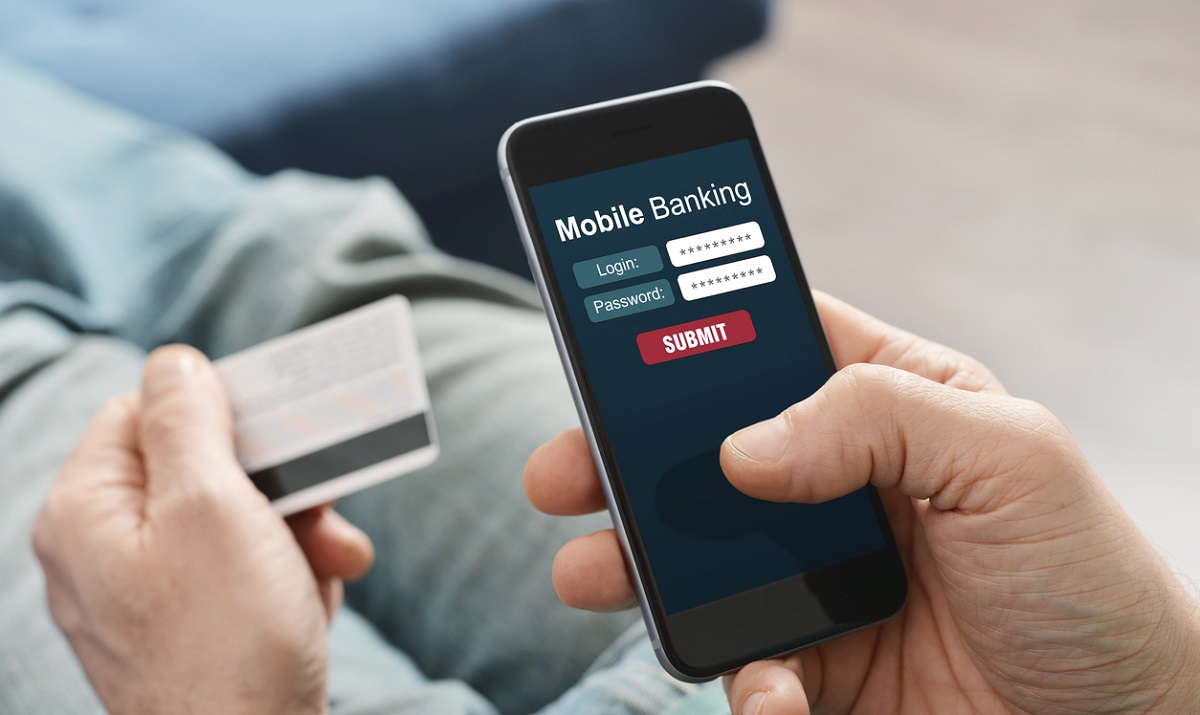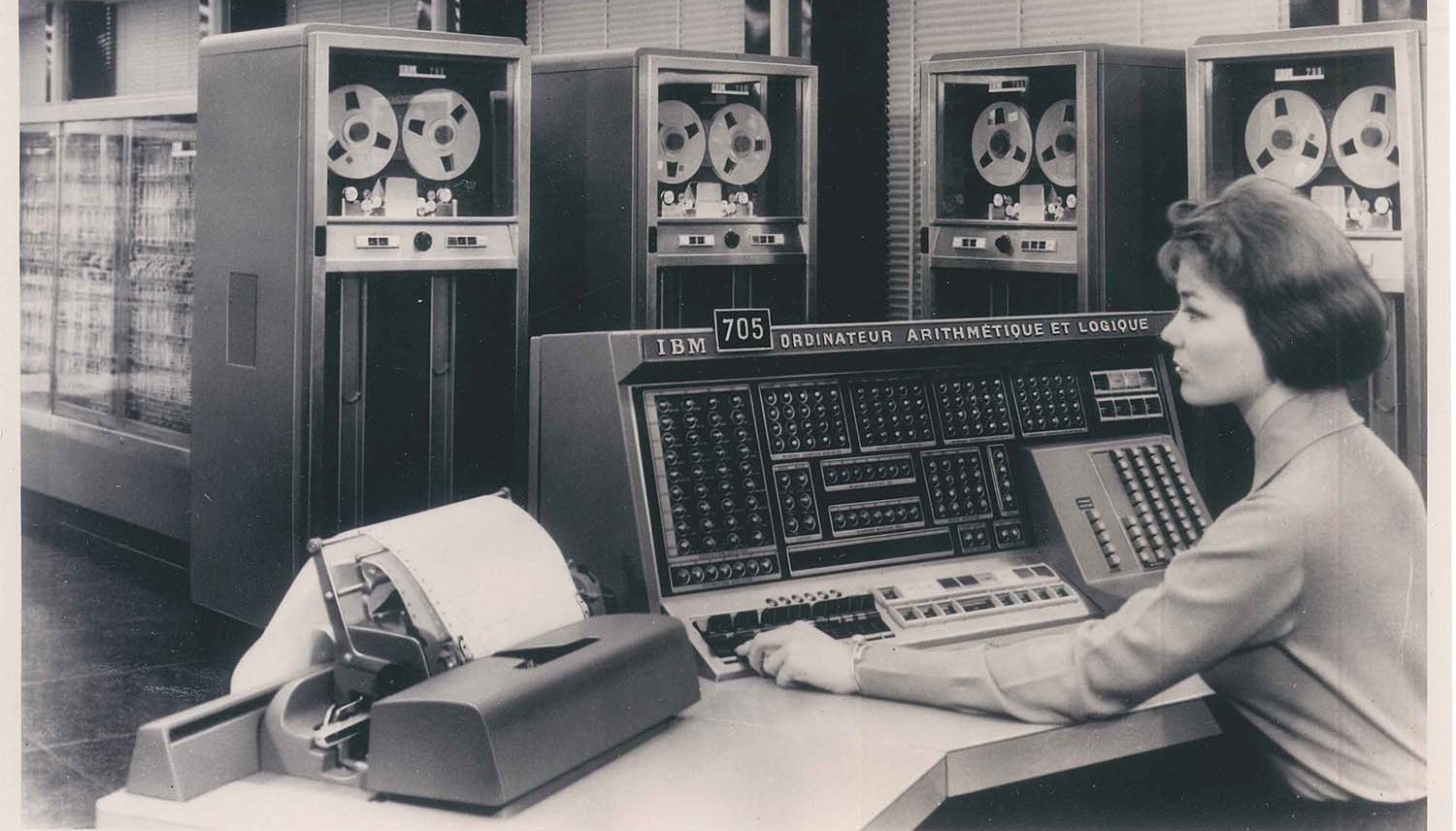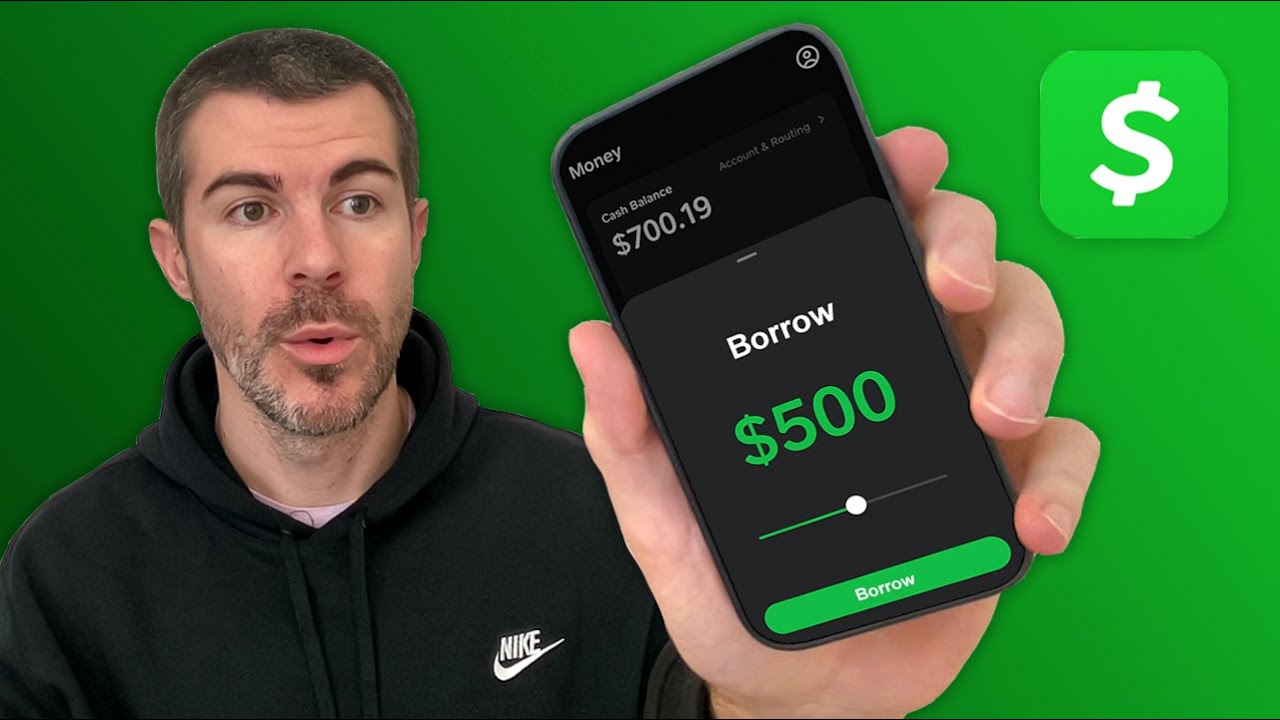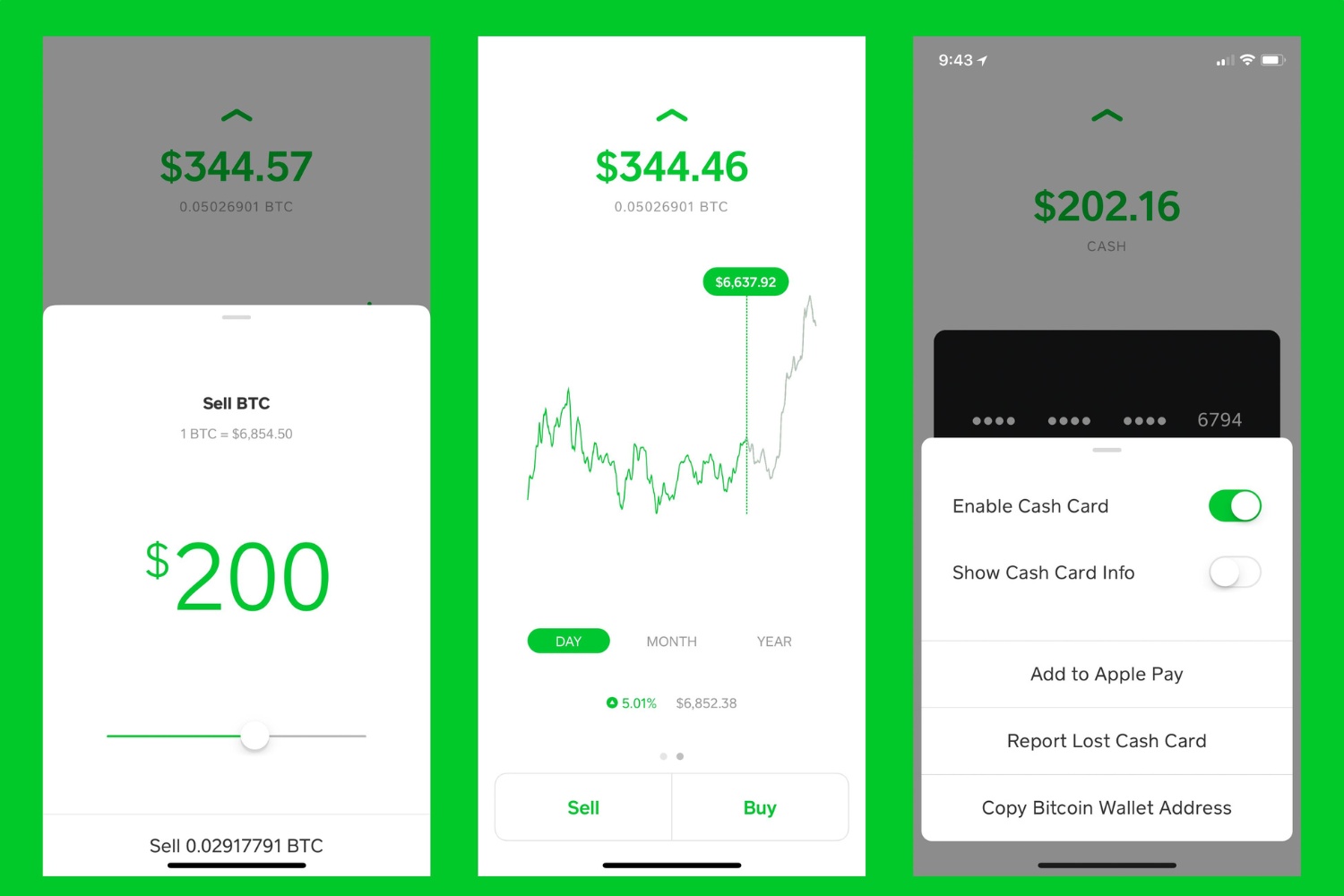Introduction
Mobile banking has rapidly become a part of our daily lives, transforming the way we manage our finances. With the increasing dependence on smartphones and the ease of accessing the internet, mobile banking has gained widespread popularity among individuals and businesses alike. Gone are the days of standing in long queues at the bank or waiting for monthly statements to arrive in the mail. Now, banking services are just a few taps away, available at our fingertips.
So, what exactly is mobile banking? In simple terms, it refers to the ability to perform various banking activities using a mobile device, such as a smartphone or a tablet. From checking account balances and transferring funds to paying bills and depositing checks, mobile banking offers a convenient and efficient way to manage your finances on the go.
The rise of mobile banking has been fueled by advances in technology and the evolving needs of consumers. The widespread adoption of smartphones and the development of secure mobile applications have paved the way for a new era of banking, enabling users to access their accounts at any time and from anywhere.
Furthermore, mobile banking offers a plethora of benefits that have revolutionized the financial landscape. In addition to convenience and accessibility, it provides users with real-time account information, enhanced security measures, and personalized banking experiences. With mobile banking, you can stay updated with your financial transactions, receive alerts and notifications, and easily manage your money with just a few taps.
Moreover, mobile banking has simplified financial transactions by eliminating the need for physical visits to the bank. Whether it’s transferring money to friends or family, paying utility bills, or managing investments, these tasks can now be accomplished with a few taps on your mobile device. This not only saves time but also reduces the hassle of dealing with paperwork and waiting in line.
As we delve deeper into the world of mobile banking, we will explore the various features and functionalities it offers, as well as the security measures in place to protect your sensitive information. Additionally, we will discuss popular mobile banking apps and provide insights into factors to consider when choosing the right app for your needs.
So, join us on this journey as we uncover the wonders of mobile banking and how it has revolutionized the way we manage our finances.
Definition of Mobile Banking
Mobile banking, also known as m-banking or online banking, refers to the use of mobile devices, such as smartphones or tablets, to perform various banking activities. It allows individuals to access their bank accounts, initiate transactions, and manage their finances remotely through mobile applications or mobile-optimized websites.
With mobile banking, users can perform a wide range of transactions, including checking account balances, transferring funds between accounts, paying bills, depositing checks, and managing investments. These tasks can be completed on the go, without the need for physical visits to a bank branch or the use of desktop computers.
The convenience and accessibility offered by mobile banking have made it increasingly popular among consumers. It provides the flexibility to manage finances anytime and anywhere, eliminating the constraints of traditional banking hours and physical locations.
Mobile banking applications are typically provided by banks and financial institutions, allowing customers to securely access their accounts using their login credentials. The apps are designed to provide a user-friendly interface, with intuitive navigation and features that replicate the functions available in traditional banking channels.
Mobile banking has evolved to encompass not only basic banking transactions but also advanced features, such as mobile payments, peer-to-peer transfers, and personal financial management tools. This allows users to not only view their account information but also actively manage and control their finances in a seamless and convenient manner.
It’s important to note that mobile banking operates through secure communication channels and implements strong security measures to protect users’ sensitive information. This includes encryption protocols, secure login processes, and authentication methods to ensure the privacy and security of transactions.
In summary, mobile banking refers to the use of mobile devices to access and manage banking services remotely. It offers a range of features and functions that provide convenience, flexibility, and control over personal finances. As technology continues to advance, mobile banking is expected to further evolve, offering innovative and personalized experiences to meet the needs of modern consumers.
Benefits of Mobile Banking
Mobile banking offers a myriad of benefits that have transformed the way we manage our finances. Here are some key advantages of adopting mobile banking:
1. Convenience: One of the greatest advantages of mobile banking is the convenience it provides. With just a few taps on your smartphone, you can access your accounts, view balances, and perform various banking transactions anytime and anywhere. Whether you’re at home, at work, or on the go, mobile banking ensures that managing your finances is effortless and accessible.
2. Accessibility: Mobile banking eliminates the need to visit a physical branch or be bound by traditional banking hours. With a mobile device and an internet connection, you can access your accounts 24/7, allowing for greater flexibility and control over your finances. Whether you’re traveling, on vacation, or simply don’t have time to visit a bank, mobile banking puts financial management at your fingertips.
3. Real-Time Account Information: Mobile banking provides instant access to real-time account information. You can view your account balances, check recent transactions, and track your expenses in real-time. This level of transparency allows you to make informed financial decisions and stay updated on your financial health.
4. Quick and Secure Transactions: With mobile banking, transactions can be completed swiftly without the need for paperwork or manual processes. Whether it’s transferring funds between accounts, paying bills, or depositing checks, mobile banking streamlines these tasks, saving you time and effort. Additionally, mobile banking apps employ advanced security measures, such as encryption and two-factor authentication, to ensure the security of your transactions and protect your sensitive information.
5. Personalized Banking Experiences: Mobile banking apps often offer personalized features that enhance your banking experience. You can set up alerts and notifications for account activity, customize your dashboard to prioritize the information you care about most, and even receive tailored financial advice based on your spending habits. These personalized features empower you to take control of your finances and make informed decisions.
6. Cost Savings: Mobile banking can lead to cost savings by reducing the need for paper-based transactions, such as checks and statements. By opting for electronic transfers and digital statements, you contribute to a more sustainable environment while reducing the associated costs for both you and the bank.
7. Integration with Mobile Payment Systems: Many mobile banking apps seamlessly integrate with mobile payment systems, allowing you to make purchases and payments using your smartphone. Whether it’s using contactless payments, mobile wallets, or peer-to-peer transfers, mobile banking enhances your ability to conduct transactions in a convenient and secure manner.
These are just a few of the many benefits that mobile banking offers. By embracing this digital banking solution, you can simplify your financial management, save time, and gain greater control and accessibility over your finances.
How Mobile Banking Works
Mobile banking operates by leveraging the capabilities of mobile devices and secure communication channels to facilitate banking transactions. Here’s a step-by-step overview of how mobile banking works:
1. Download and Install the Mobile Banking App: To access mobile banking services, users need to download and install the mobile banking application provided by their bank or financial institution. These apps are typically available for free on app stores for iOS and Android devices. After installation, users will typically need to register and create an account within the app.
2. Log in or Register: Once the app is installed, users can log in using their online banking credentials. For new users, registration may be required, which involves providing personal information and verifying their identity by following the bank’s security protocols.
3. Security Authentication: To ensure the safety of your account, mobile banking apps often employ security authentication methods. This could include the use of passwords, PINs, fingerprint or facial recognition, or other multi-factor authentication measures. These additional layers of security help protect your account from unauthorized access.
4. Navigate the App: Once logged in, users can navigate through the various features and functionalities offered by the mobile banking app. The interface is designed to be user-friendly, with options to view account balances, transaction history, and access different banking services.
5. Perform Banking Activities: Mobile banking offers a wide range of banking activities that can be performed directly through the app. These include checking account balances, transferring funds between accounts, paying bills, depositing checks using mobile check deposit, and managing credit or debit card transactions. Some apps may also provide personal financial management tools, budgeting features, and investment capabilities.
6. Stay Updated with Notifications: Mobile banking apps often provide the option to enable notifications for various account activities. Users can choose to receive alerts for low balances, deposit confirmations, suspicious transactions, and payment due dates. These notifications help users stay informed and take immediate actions when needed.
7. Security Measures: Mobile banking apps implement robust security measures to protect user information and transactions. This includes encryption protocols to secure data transmission, multi-factor authentication to verify the identity of users, and secure servers to store sensitive information. It is vital for users to follow recommended security practices, such as not sharing login credentials and regularly updating passwords, to maintain the integrity and security of their mobile banking accounts.
8. Customer Support: Mobile banking apps typically provide customer support options such as live chat, email, or phone support to assist users with any queries or issues they may encounter while using the app or conducting transactions.
By understanding how mobile banking works, users can make the most of its features and functionalities. With the convenience and accessibility it offers, mobile banking has revolutionized the way individuals manage their finances, providing a seamless and efficient banking experience.
Different Features of Mobile Banking
Mobile banking apps offer a wide range of features that enhance the banking experience and provide users with convenient ways to manage their finances. Here are some of the different features commonly found in mobile banking:
1. Account Balances: Mobile banking apps allow users to view their account balances in real-time. This feature provides an instant snapshot of their financial standing, including checking, savings, and credit card balances.
2. Transaction History: Users can access their transaction history, allowing them to review past transactions and track their spending patterns. This feature helps users stay informed about their financial activities and identify any unauthorized transactions.
3. Fund Transfers: Mobile banking enables users to transfer funds between their own accounts, as well as to external accounts. Whether it’s transferring money to a friend or family member or moving funds between checking and savings accounts, this feature allows for quick and easy money transfers.
4. Bill Payments: Mobile banking apps provide the convenience of paying bills directly from the app. Users can set up regular payments, schedule future payments, or make one-time payments for utilities, credit cards, loans, and other bills. Some apps may even offer the ability to scan paper bills and automatically enter the payment details.
5. Mobile Check Deposit: Many mobile banking apps allow users to deposit checks by taking a photo of the check using their smartphone camera. This convenient feature eliminates the need to physically visit a bank branch or ATM to deposit checks.
6. Card Management: Mobile banking apps allow users to manage their debit and credit cards. This includes the ability to view transaction history, set spending limits, activate or deactivate cards, report lost or stolen cards, and even apply for new cards.
7. Mobile Payments: Some mobile banking apps integrate with mobile payment systems, such as Apple Pay or Google Pay. This allows users to make contactless payments at participating merchants using their smartphones, eliminating the need to carry physical cards.
8. Personal Financial Management: Many mobile banking apps offer tools and features to help users manage their finances effectively. This may include budgeting tools, spending categorization, goal tracking, and financial insights to provide users with a holistic view of their financial health.
9. Alerts and Notifications: Mobile banking apps allow users to set up customizable alerts and notifications. This includes notifications for low account balances, deposit confirmations, upcoming bill payments, suspicious transactions, and other account activities. These alerts help users stay informed and proactive in managing their finances.
10. Customer Support: Mobile banking apps often provide customer support directly within the app. This can include live chat, email support, or phone support to assist users with any questions, concerns, or technical issues they may encounter while using the app.
These are just a few examples of the many features available in mobile banking apps. The diverse range of features allows users to effectively manage their finances, make transactions securely, and gain greater control and convenience over their banking activities.
Security Measures in Mobile Banking
Mobile banking has implemented robust security measures to ensure the safety and protection of user information and transactions. Here are some of the key security measures that are commonly implemented in mobile banking applications:
1. Secure Login: Mobile banking apps utilize secure login processes, requiring users to enter complex passwords or PINs to access their accounts. Some apps offer additional authentication methods, such as biometric recognition (fingerprint or facial recognition), to provide an extra layer of security.
2. Encryption: Mobile banking apps employ encryption protocols to safeguard sensitive user data. This encryption scrambles the data during transmission, making it unreadable to unauthorized parties. It ensures that user information, such as account numbers, login credentials, and transaction details, remains confidential and secure.
3. Two-Factor Authentication (2FA): Many mobile banking apps implement two-factor authentication as an additional security measure. This involves the verification of the user’s identity through two different methods, such as entering a password and receiving a one-time code via SMS or app notification. By requiring two forms of authentication, the app enhances security and mitigates the risk of unauthorized access.
4. Biometric Authentication: To further enhance security, mobile banking apps often leverage biometric authentication, such as fingerprint or facial recognition. These biometric features provide a more personalized and secure way to access accounts, as they are unique to each individual and difficult to replicate.
5. Secure Communication Channels: Mobile banking apps ensure that all communication between the app and the financial institution’s servers is encrypted and handled over secure channels. This protects user data from interception and malicious attacks that may occur during data transmission.
6. Device Recognition: Mobile banking apps employ device recognition techniques to identify and authenticate the user’s device. This adds an additional layer of security by ensuring that the device being used is trusted and authorized to access the account. If an unfamiliar device attempts to log in, additional authentication steps may be required.
7. Timed Sessions: To mitigate the risk of unauthorized access due to inactivity, mobile banking apps have timed sessions. If the app is left idle for a certain period of time, it automatically logs the user out, requiring them to re-enter their credentials for continued access. This helps prevent unauthorized access in case the user forgets to manually log out.
8. Transaction Monitoring: Mobile banking apps employ advanced transaction monitoring systems to detect and alert users of suspicious activities. This helps in identifying unauthorized transactions and mitigating potential fraud. Users are promptly notified of any unusual activity on their accounts, allowing them to take immediate action.
9. Regular App Updates: Banks and financial institutions frequently release updates to their mobile banking apps to address security vulnerabilities and enhance overall security. It is important for users to keep their apps updated to ensure they have the latest security patches and features.
10. Customer Education: Mobile banking apps provide educational resources and guidance on best practices for secure mobile banking. This includes tips for creating strong passwords, recognizing phishing attempts, and protecting personal information. By empowering users with knowledge, they can play an active role in ensuring the security of their mobile banking activities.
Mobile banking apps prioritize the security of user information and transactions, implementing multiple layers of protection. By utilizing a combination of secure login processes, encryption, authentication methods, and ongoing monitoring, mobile banking apps strive to provide a secure banking experience for users.
Popular Mobile Banking Apps
There are numerous mobile banking apps available today, each offering unique features and functionalities. Let’s take a closer look at some of the popular mobile banking apps that have gained significant traction among users:
1. Chase Mobile: Chase Mobile is the mobile banking app offered by JPMorgan Chase, one of the largest banks in the United States. The app provides a comprehensive suite of features, including account balances, transaction history, fund transfers, bill payments, and mobile check deposit. It also offers personalized insights and budgeting tools to help users manage their finances effectively.
2. Bank of America Mobile Banking: Bank of America’s mobile banking app provides users with easy access to their accounts and a wide range of banking services. Users can view account balances, transfer funds, pay bills, deposit checks, and even set up alerts for account activities. The app also integrates with Bank of America’s innovative virtual assistant, Erica, which offers personalized financial guidance.
3. Wells Fargo Mobile: Wells Fargo Mobile is the mobile banking app offered by Wells Fargo, one of the largest banks in the United States. The app allows users to manage their accounts, view balances, transfer funds, pay bills, and deposit checks. It also provides personalized insights into spending habits and offers financial tools to track expenses and set savings goals.
4. Ally Mobile: Ally Mobile is the mobile banking app provided by Ally Bank, an online bank known for its competitive interest rates and customer-friendly services. The app features a user-friendly interface that allows users to view account balances, transfer funds, pay bills, and deposit checks. It also offers features like personalized savings goals and an in-app chat support system.
5. Capital One Mobile: Capital One Mobile is the mobile banking app of Capital One, a leading financial institution. The app provides users with a seamless banking experience, offering features such as balance inquiries, transaction history, fund transfers, bill payments, and mobile check deposit. It also features personalized spending insights and customizable notifications.
6. Citi Mobile: Citi Mobile is the mobile banking app provided by Citibank, a global banking and financial services corporation. The app allows users to manage their accounts, view balances, transfer funds, pay bills, and deposit checks. It also offers features like transaction categorization, spending analysis, and alerts for unusual account activity.
7. USAA Mobile: USAA Mobile is the mobile banking app specifically designed for members of the United Services Automobile Association (USAA). The app provides a wide range of banking services, including account management, fund transfers, bill payments, and mobile check deposit. It also offers features like financial goal tracking, investment management, and insurance services.
8. PayPal: PayPal is a popular mobile banking app that enables users to securely send and receive money, make online purchases, and manage their PayPal account. The app supports various payment options, including PayPal balance, linked bank accounts, and credit or debit cards. It also offers features like transaction history, payment reminders, and the ability to split bills.
9. Venmo: Venmo is a mobile banking app that focuses on peer-to-peer payments and social interactions. Users can easily send and receive money from friends and family, split bills, and make payments. The app also includes a social feed, allowing users to view and engage with payment activities of their contacts.
10. Revolut: Revolut is a mobile banking app and financial services platform that offers features like international money transfers, currency exchange, stock trading, and budgeting tools. The app provides real-time exchange rates, transparent fees, and features that promote financial control and flexibility.
These are just a few examples of the popular mobile banking apps available today. Each app offers its own unique set of features and benefits, ensuring that users have options to find the one that aligns with their banking needs and preferences.
Factors to Consider in Choosing a Mobile Banking App
When selecting a mobile banking app, it’s essential to consider various factors to ensure that it meets your specific needs and provides a safe and convenient banking experience. Here are some key factors to consider:
1. Security: The security measures implemented by the mobile banking app should be a top priority. Look for apps that utilize encryption, two-factor authentication, and other security features to protect your personal and financial information. Additionally, ensure that the app is provided by a reputable bank or financial institution with a strong track record in safeguarding customer data.
2. Features and Functionality: Different banking apps offer varying features and functionalities. Consider what banking services are essential to you, such as account management, bill payments, fund transfers, mobile check deposit, or investment tools. Evaluate the app’s user interface and ease of navigation to ensure that it will provide a smooth and user-friendly banking experience.
3. Compatibility and Availability: Check the compatibility of the app with your mobile device’s operating system. Ensure that the app is available for your specific device (iOS or Android). Additionally, consider whether the app supports the specific mobile banking services you require, such as mobile check deposit or integration with third-party payment platforms.
4. Customer Support: Look for a mobile banking app that provides reliable and easily accessible customer support. This may include options for live chat, email support, or phone assistance to help resolve any issues, answer your questions, or provide guidance on using the app’s features.
5. User Reviews and Ratings: Take the time to read user reviews and ratings of the mobile banking app you are considering. This can provide valuable insights into the overall user experience, app performance, and customer satisfaction. Pay attention to common issues or complaints raised by users.
6. Integration with Other Services: Consider whether the mobile banking app integrates with other financial and non-financial services you commonly use. For example, integration with mobile payment platforms or budgeting apps can provide added convenience and streamline your financial management.
7. Accessibility and Convenience: Evaluate the accessibility and convenience offered by the app. Look for features such as customizable alerts, notifications, and the ability to schedule payments in advance. Additionally, consider whether the app supports multiple languages and offers accessibility features for users with disabilities.
8. Transparency and Fees: Review the app’s terms and conditions, privacy policy, and fee structure. Ensure that the app clearly discloses any applicable fees related to transactions, account maintenance, or additional services. Being aware of potential costs can help you make informed decisions while using the mobile banking app.
9. Reputation and Reliability: Consider the reputation and reliability of the bank or financial institution offering the app. Research their reputation for customer service, financial stability, and adherence to regulatory guidelines. A solid and reputable institution is more likely to provide a secure and trustworthy mobile banking experience.
10. Updates and Enhancements: Regular updates and enhancements to the mobile banking app indicate that the provider is actively improving the app’s functionality, security, and user experience. Look for apps that regularly release updates to benefit from the latest features and security enhancements.
By considering these factors and conducting thorough research, you can choose a mobile banking app that aligns with your banking needs, ensuring a safe and convenient experience for managing your finances.
Common Misconceptions about Mobile Banking
Mobile banking has gained widespread popularity, but there are still some common misconceptions and concerns surrounding it. By debunking these misconceptions, we can better understand the benefits and security of mobile banking. Let’s explore some of the common misconceptions:
1. Lack of Security: One of the most prevalent misconceptions about mobile banking is that it is not secure. However, mobile banking apps utilize robust security measures, such as encryption, secure login processes, and authentication methods, to protect user information and transactions. Banks and financial institutions invest significant resources in ensuring the safety of their mobile banking platforms.
2. Limited Functionality: Some individuals believe that mobile banking apps have limited functionality. However, mobile banking apps offer a wide range of features, including account balance inquiries, fund transfers, bill payments, mobile check deposit, and even investment tools. The functionalities of mobile banking apps are continuously expanding to meet the evolving needs of users.
3. Difficult to Use: Another misconception is that mobile banking apps are difficult to use and navigate. However, mobile banking apps are designed to be user-friendly and intuitive. They often have simple interfaces, clear navigation, and provide step-by-step guidance for performing various transactions. Even users who are not tech-savvy can easily adapt to using these apps.
4. Lack of Customer Support: Some individuals believe that mobile banking apps lack customer support. However, most mobile banking apps provide dedicated customer support channels, including live chat, email, or phone support, to assist users with any issues or inquiries they may have. Banks understand the importance of customer support and make efforts to provide reliable assistance.
5. Limited Security Compared to Online Banking: Some people believe that mobile banking apps are less secure than traditional online banking platforms accessed via a desktop computer. In reality, mobile banking apps employ similar security measures, such as encryption and multi-factor authentication, to ensure the protection of user information. Mobile devices also have additional security features, such as biometric authentication, enhancing the overall security of mobile banking.
6. Incompatibility with Older Devices: There is a misconception that mobile banking apps are only compatible with the latest mobile devices. However, most banking apps are designed to work on a wide range of devices and operating systems. Even older devices can often support mobile banking apps, as long as they meet the minimum system requirements.
7. High Risk of Fraud: Some individuals worry that using mobile banking apps increases the risk of fraud. However, with the stringent security measures in place and the ability to set up transaction notifications and alerts, mobile banking actually enhances fraud detection and prevention. Users can promptly report any suspicious activity and take immediate action to prevent fraud.
8. Limited Accessibility: Some people mistakenly believe that mobile banking apps are only suitable for tech-savvy individuals or younger generations. However, mobile banking apps are designed to be accessible to users of all ages and technical abilities. They often include features such as customizable font sizes, voiceover capabilities, and intuitive interfaces to accommodate diverse user needs.
9. Dependency on Internet Connectivity: A common misconception is that mobile banking apps require a constant internet connection to function. While an internet connection is necessary for some transactions, many mobile banking apps offer offline access to view account balances and transaction history, allowing users to stay updated on their finances even in low or no network coverage areas.
10. Financial Information Vulnerability: Some individuals worry that accessing their financial information through mobile banking apps puts their sensitive data at risk. However, mobile banking apps implement robust security measures, including encryption and secure communication channels, to ensure that financial information remains protected. Users are responsible for ensuring device security, such as using secure network connections and keeping their devices updated.
By dispelling these misconceptions, it becomes clear that mobile banking offers a secure, efficient, and convenient way to manage finances. Understanding the realities of mobile banking can help individuals make informed decisions and embrace the benefits it provides.
Conclusion
Mobile banking has revolutionized the way we manage our finances, providing convenience, accessibility, and security at our fingertips. With the ability to access banking services anytime and anywhere, individuals can easily check account balances, transfer funds, pay bills, and even deposit checks using their mobile devices.
Throughout this article, we have explored the definition of mobile banking and highlighted its numerous benefits. We have delved into how mobile banking works, the different features available in mobile banking apps, and the security measures implemented to ensure the safety of user information and transactions.
Additionally, we have discussed popular mobile banking apps that offer a wide range of features and functionalities catering to the diverse needs of users. Factors to consider when choosing a mobile banking app, such as security, features, customer support, and compatibility, have also been examined.
We have addressed common misconceptions surrounding mobile banking, dispelling concerns about security, functionality, usability, and accessibility. Mobile banking apps have proven to be secure, user-friendly, and capable of meeting the banking needs of individuals of all ages and technical abilities.
In conclusion, mobile banking has become an essential tool for managing personal finances in today’s digital age. It has simplified and streamlined banking transactions, providing a seamless and efficient experience. As technology continues to advance, mobile banking will likely continue to evolve, offering even more innovative features and personalized experiences to meet the growing demands of users.

























